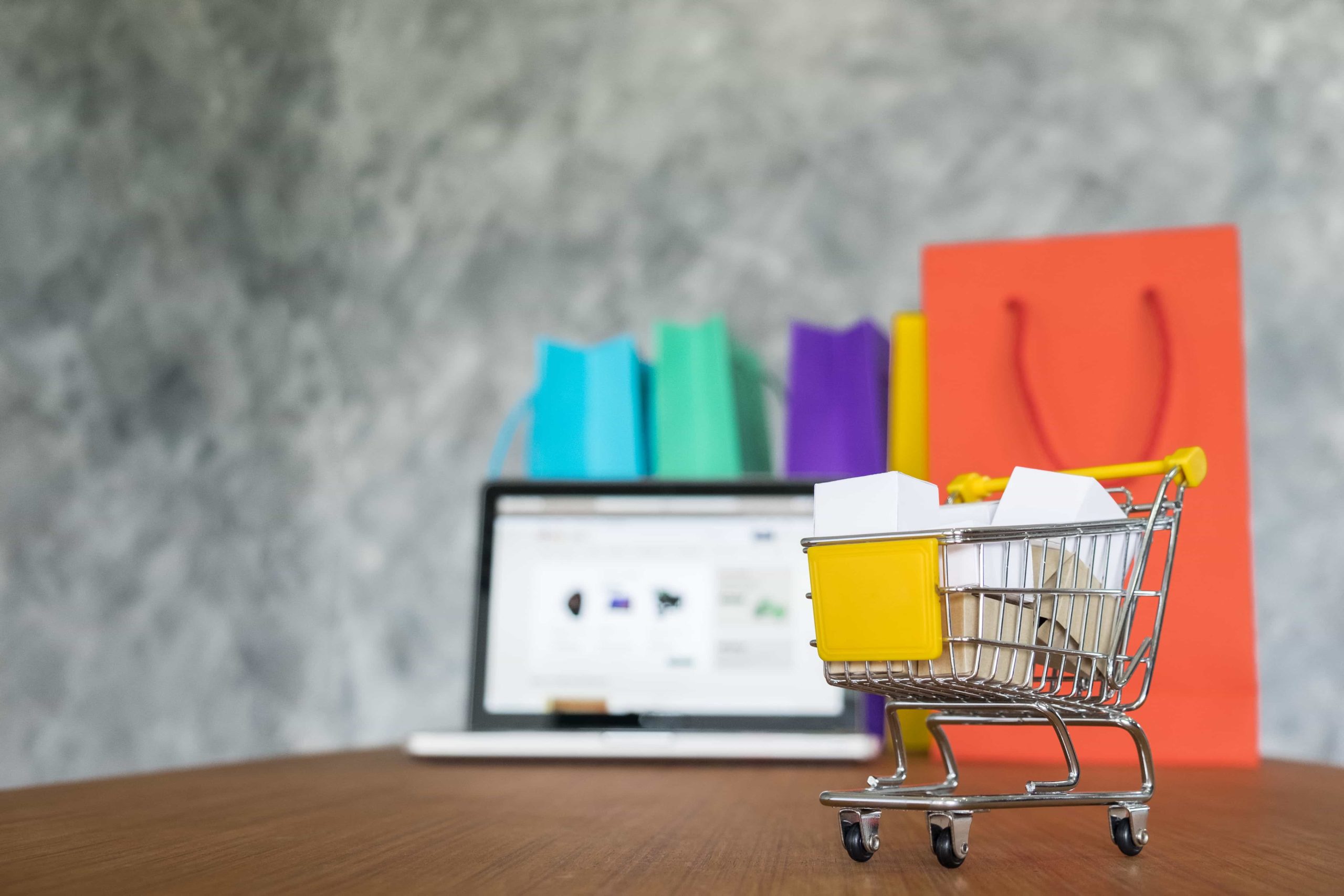
Your Guide to Launching a Successful E-commerce Business
The e-commerce industry has grown tremendously over the past year! COVID19 has closed most Brick and Mortar stores, but many e-commerce companies are doing just the opposite.
Shopping online was easy and glorious, but now it is a necessity. Think about how many times you bought online in the last year … many times, right?
By ALLXOL, sales of connected e-commerce, companies have increased significantly and grown digitally over the past year. Starting an e-commerce business is easy, but the road to success is not yet clear. That is why the Bold x Collective team is here to guide you through the process of starting your e-commerce business.
Step 1: Market research.
Market research is the first step in starting an e-commerce business or other business. If it does not work over time, you do not want to get into a certain industry. You also need to make sure you choose the right place and direct the right group of people.
You also need to be acquainted with trends. Learn about the numbers of people shopping online. Who buys most often online? What age are they? Are they usually men or women? What is the main field?
Step 2: Choose a niche.
Once you have gathered all the relevant information, captured the trends, and found industries that could be successful with your statistics, the next step is to choose a niche market. It is important that the niche you choose may be successful, but it should also be something you can be happy with and hold. When you are excited about something, you know exactly what you like about it and what might prevent others from doing it, so share its importance with others. It is easy.
For example, when you enter the healthcare industry, consider yourself a very healthy person, constantly check new health trends, and choose consistency in performance, talk about it at length. It is good for you because you can. People like to be open and it becomes more obvious when you have a passion for something. Your viewers can also see you online.
Step 3: Marketing.
A brand is a process of researching, developing, and implementing unique features in your business so that consumers can associate your product with your product or service. Marketing gives your company a unique identity. It makes your product memorable and encourages consumers to buy from you. As consumers, we all know that our peers often buy from well-known or popular brands. Products can be a decisive factor for many when deciding whether to purchase.
Creating a strong brand in today’s competitive environment is not just about combining different shapes and colours. Creating a solid product involves many aspects, including branding, colour and style typing style guides, logo design, packaging design, and product narrative creation.
When choosing a brand name carefully, you need to make sure that it sounds memorable to others, represents the industry well, and is SEO-friendly. In addition, of course, you want to make sure it is your favourite name.
Your brand needs to be memorable and stand out from the competition, evoking trust and emotion. We want our target audience to really enjoy the product experience from start to finish.
Step 4: Create an Internet presence.
Two of the best ways to build your online presence in today’s world is to use websites and social media.
When you increase your online presence, you need to make sure that your brand name is protected on social media. If you are looking for brand name ideas online everywhere, it is probably best to find another brand name that stands out from the crowd. The best way to do a survey is to find the product name you want on social media platforms like Facebook, Instagram, Twitter and TikTok. Structure a website is also an important part of your online business. This is very important for SEO and helps to increase online credibility and make a good impression on consumers. Just as the bathroom reflects the cleanliness of the restaurant, the website reflects the product quality standards in terms of service and products.
Once you have published your brand name on social media and websites, the next step is to create content that will help you market your business. Choose an official launch date and use social media and websites to create excitement among consumers. Therefore, after the introduction, you will have people who like your product or service.
Step 5: Select the E-Commerce Platform.
This is usually closely related to the website development process. There are many different ecommerce platforms out there, some of which may better suit your needs than others. However, we will take Shopify because it has been taken over and it could be a big giant by 2021 and not popular until 2022.
Shopify has one good looking and clean user model. It is fast, easy to set up and use, and easy to use. This is very important, as about 73% of all e-commerce purchases from 2021 are mobile.
Mobile devices have become a global tool, with 24/7 customer support, highly customizable, built-in SEO tools and marketing tools, and many different payment gateways, making your mobile device online shopping Benefits that make it difficult to use from here . Do you really need more conviction?
There are other options that suit your needs, such as WordPress, Wix, Magento and square space.
Step 6: Decide if you need a drop shipping solution.
If your product is too big to deliver on your own, or the items you sell are too big for you to manage, it is a good idea to invest in a drop shipping solution.
This means you have a contract with the supplier to process the order and the supplier will process the fulfilment. This is a very effective business approach and reduces stress levels by eliminating the need for inventory management and delivery. There are many easily accessible venues like Oberlo, Spocket and Printful. It is best to do your own research on the prices and services offered to find the right solution for you.
Step 7: Follow up.
After starting your e-commerce business, it is important to take additional steps to ensure that your business continues to grow. These key components include:
Customer service:
Good customer service is the key to regular business and referrals for any type of product. Many consumers stop shopping online when they cannot answer their questions or concerns immediately. A chatbot that directs buyers to pages with detailed FAQs, creates a motivation for product reviews, communicates regularly and often with consumers, creates a solid product image, and ensures customers return. Customer service is everything.
Improving conversion:
On average, 69% of consumers leave a website without buying anything. Imagine that a certain percentage of these people are shopping. Try to make the purchase process as liquid as possible. Speed up your website. Create campaigns, such as limited donations and redirect campaigns, to give consumers as much encouragement as possible.
New product ideas:
Please update the product regularly. No buyer likes outdoor stores. Trends are always consistent and you need to keep up with them. Always plan your research time and stay up to date. Keep thinking and apply new ideas to your product.
Conclusion:
There it is! They have a complete guide to how to start your own e-commerce business. We hope this helps you to take the first step toward success! Our team at Bold x Collective has the experience to help many stores start their own e-commerce business.
From product development in website development, SEO, advertising campaign development, product photography and more, we are a knowledgeable centre and will be on your side in every category! To get started with your e-commerce product, contact the ALLXOL Digital Marketing Expert team free consultations.


